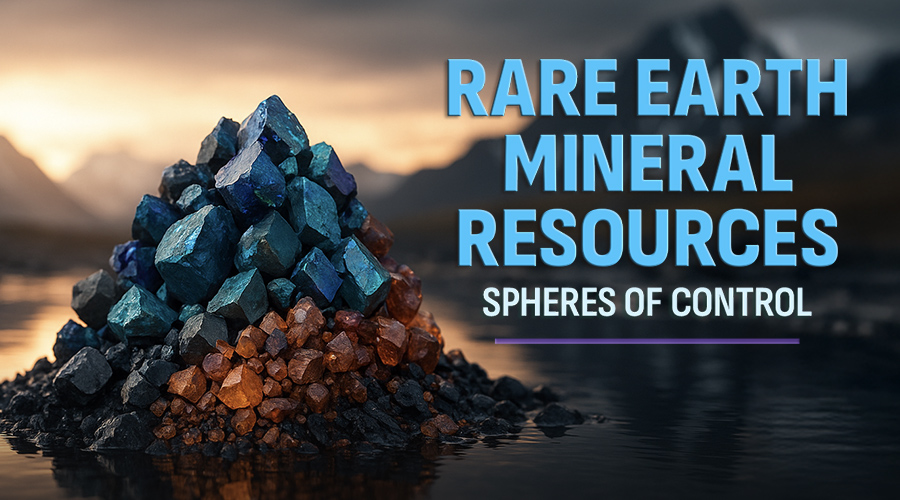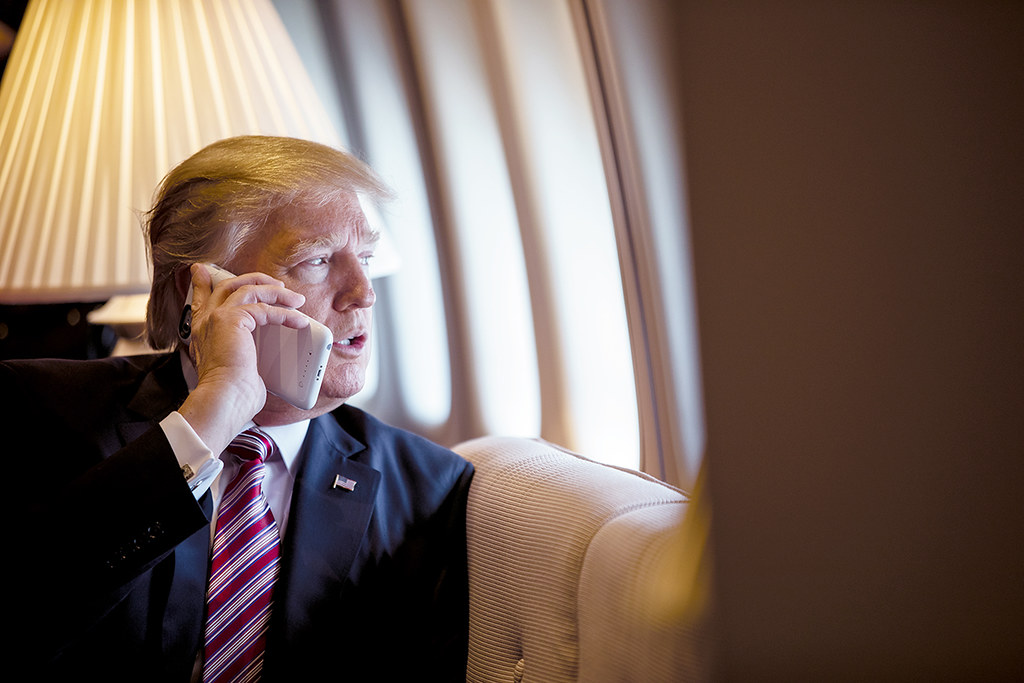New contracts, new platform as LME joins green revolution

(The opinions expressed here are those of the author, Andy Home, a columnist for Reuters)
The green revolution has rolled up to the doors of the London Metal Exchange (LME).
The venerable 143-year old market for industrial metals may often seem a throwback with its red-leather-seated open outcry “ring” and arcane trading structure, but the LME is planning to lead the metallic drive towards a cleaner future.
“There is power in coalition and the LME believes that it is in a strong position to bring the industry together to ensure that miners and producers meet global expectations on ethics and environmental sustainability,” the exchange said in its just-released discussion paper.
The LME is uniquely positioned to assemble such a coalition. Its prices are embedded in the global supply chain, which is in turn widely represented in the exchange’s advisory committee structure.
If the world is going to meet the emissions targets set in the Paris Agreement, it’s going to need a lot more aluminum
The ties go down to the physical product level as the LME determines which producer brands are deliverable against its contracts.
But it’s still a bold move for the grand old London dame. The LME will need to revolutionise itself if it is to realise its ambitions, moving far beyond the traditional role played by a futures market in the industry it serves.
More scrap contracts
The LME’s first steps towards its green future will be the easiest.
Launching new products to manage evolving risk around sustainability issues “is in some regards the most straightforward area for exchanges in that it aligns with what they already do,” said the World Federation of Exchanges. (“Sustainability and Commodities White Paper,” Aug. 20, 2019)
In the LME’s case, this will translate into several new products targeted at the recycling sector, which is rapidly emerging from the scrap shadows to assume a more central role in the green materials debate.
The exchange’s past relationship with the scrap sector has been more distanced than with other parts of the supply chain.
It has two contracts for aluminium alloy, which is made from recycled metal, but trading volumes in both seem locked in long-term decline.
The problem is the high entry threshold for trading in one of the LME’s forwards contracts. Only the very biggest players can pass the credit tests required by brokers. A notoriously fragmented recycling chain, characterised by small or family-run operators, is largely excluded.
The LME’s pivot towards cash-settled contracts offers a more accessible route to participation, as shown by the relative success of its steel scrap contract.
New scrap contracts for the Taiwanese and Indian markets will now follow.
So too will a used beverage can aluminum contract. It will be “U.S.-focused” in what will be an interesting test of the current tariff-distorted U.S. pricing landscape.
Not to be forgotten is the LME’s still-pending lithium contract, aimed directly at the electric vehicle space.
Aluminum ambivalence
Recycling metals is an obvious win-win in terms of environmental sustainability.
But the picture is far more mixed when it comes to metals such as aluminum.
If the world is going to meet the emissions targets set in the Paris Agreement, it’s going to need a lot more aluminum. But aluminum production is dependent on huge amounts of power, making it a core “hard-to-abate” carbon industry, according to the United Nations.
The aluminum sector is itself riven by competing interests. Consumers increasingly want low-carbon aluminum. Producers are divided on which standard might commonly acceptable.
There is as yet no discernible market pricing differential between low- and high-carbon metal, although many feel it will come.
The LME has for some time been facing calls for a low-carbon contract to trade alongside, or even replace, its existing contract but is understandably wary both of getting the timing wrong and of splitting both liquidity and pricing.
And anyway, without an industry consensus on a common standard, how to define a low-carbon contract?
Spot trading
The exchange’s way out of this potential morass is to navigate a totally different course.
It is already in the process of ensuring all exchange-deliverable metal comes with proof of responsible sourcing, a programme originating from its tin and cobalt contracts.
It will now open up its reporting system to allow producers to provide any supplemental information they wish to include, such as “certification by an industry scheme, recycled content, use of carbon offsets, or water or tailings management schemes.”
LME is placing itself at the very heart of the metals sustainability debate
In the case of low-carbon aluminum “this would represent the first step towards a LME-sponsored market-wide labelling programme.”
The voluntary reporting network will be reinforced by the launch of a spot trading platform for such accredited metal, which doesn’t have to meet the specifications of existing contracts.
In effect, the idea is to allow the market to price the differentials, a useful way of gauging the broader evolution towards supply-chain sustainability.
The whole campaign will roll out at a fast pace.
Responses to the discussion paper are due by Sept. 24. Feedback analysis will follow in the fourth quarter with a potential trading platform scheduled for the first half of next year.
In essence, the LME is placing itself at the very heart of the metals sustainability debate, offering itself not just as a trading forum but as a supply-chain information hub and benchmark setter in a rapidly-changing world.
Back to the future
There’s an ironic twist to the LME’s charge towards the green future.
The new voluntary reporting system will piggy-back a new brand documentation system.
LME passport “was originally conceived as a low-cost utility solution for a long-standing industry problem; namely, the administratively intense use of paper certificates of analysis,” according to the LME.
Such “CoAs”, detailing origin, chemical composition and packaging, accompany shipments of metal around the world and are mandatory for delivering in or out of LME warehouses.
They are also still in paper format. This means “document degradation” (coffee stains to you and me), “unnecessary duplication” or just getting lost in the post.
The LME’s warehouse committee had already recommended a mandatory move to electronic document storage, the so-called LMEpassport, which will now act as conduit for the flow of supplemental sustainability information.
It’s a small step into the 20th century for the Victorian-era LME, but it could be the spring-board for a bigger leap into the 21st.
(Editing by David Evans)
More News
{{ commodity.name }}
{{ post.title }}
{{ post.date }}



Comments